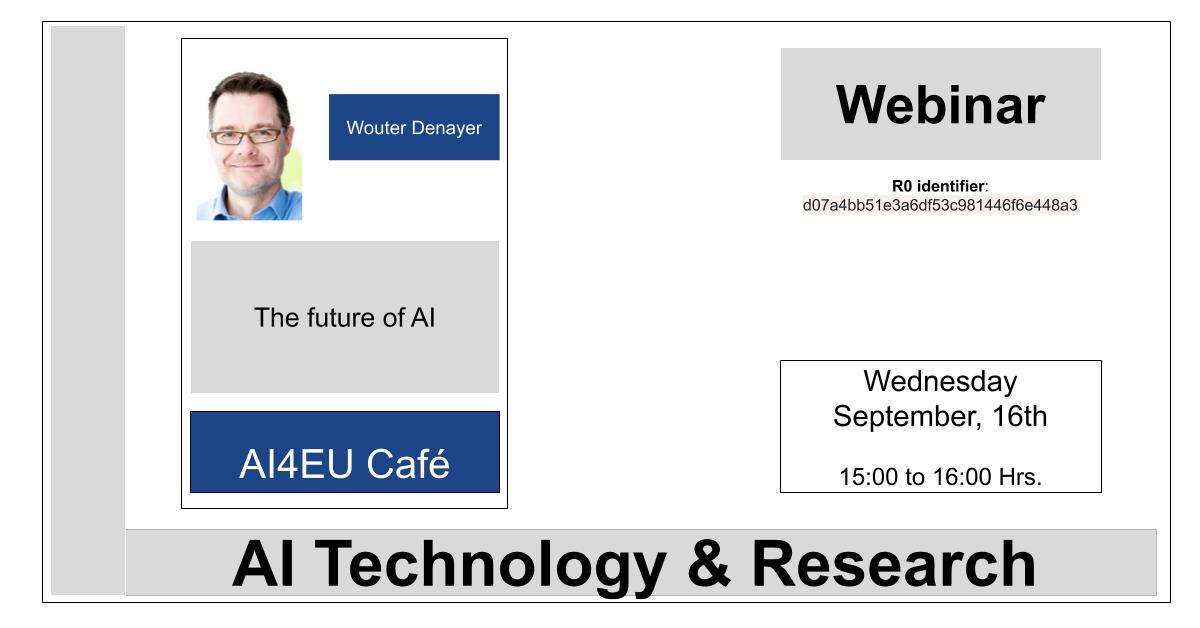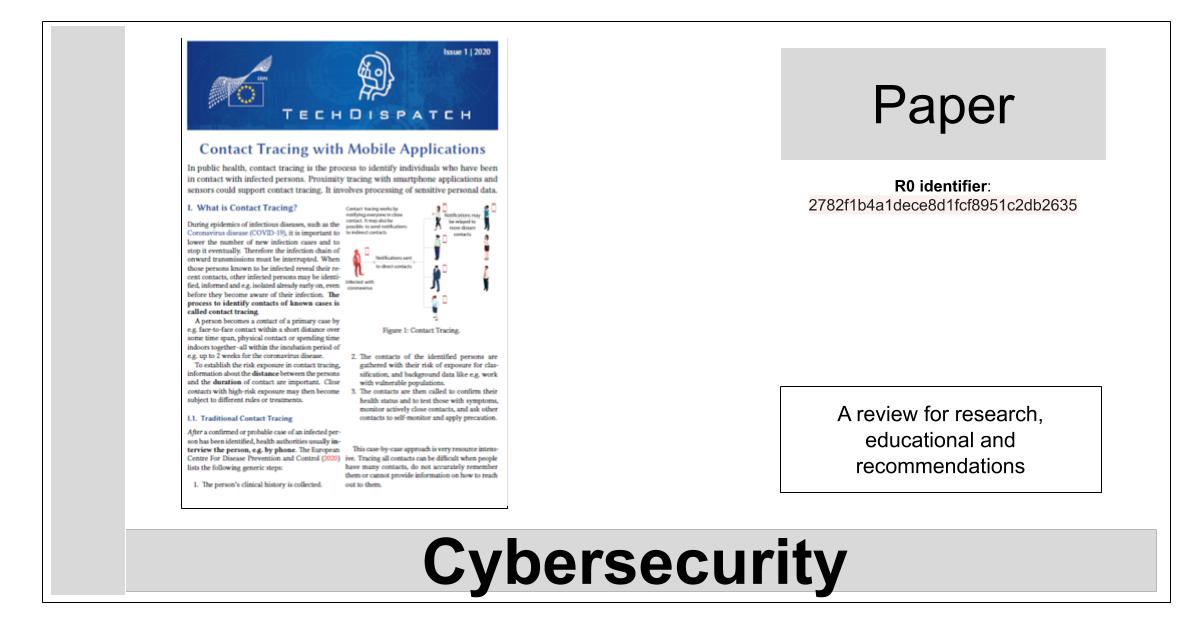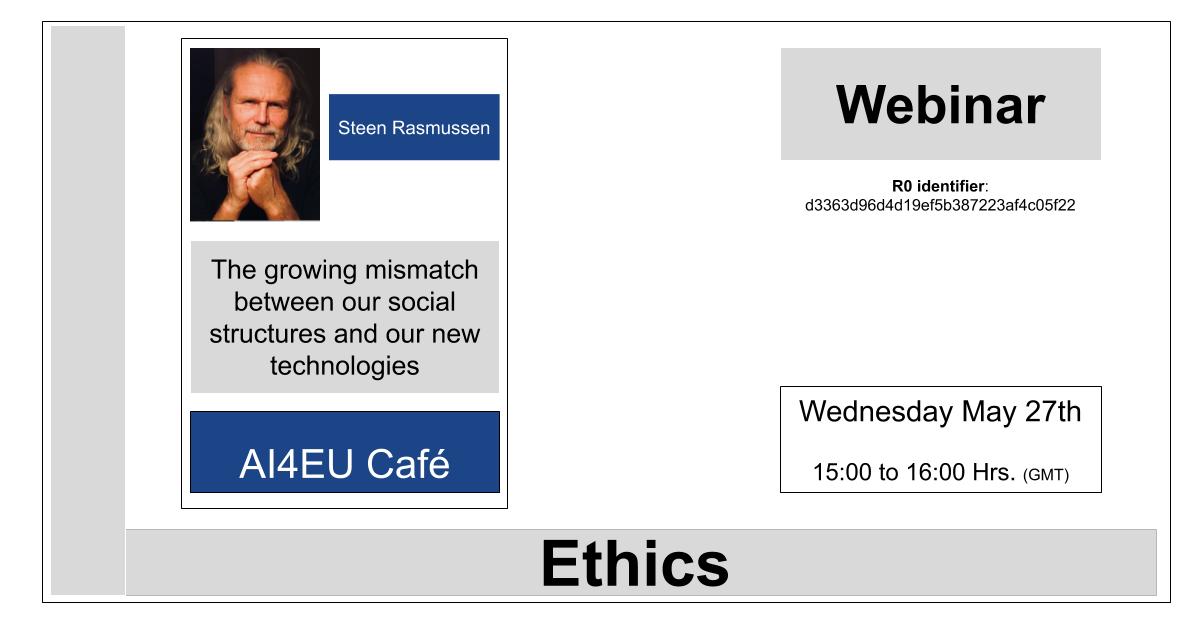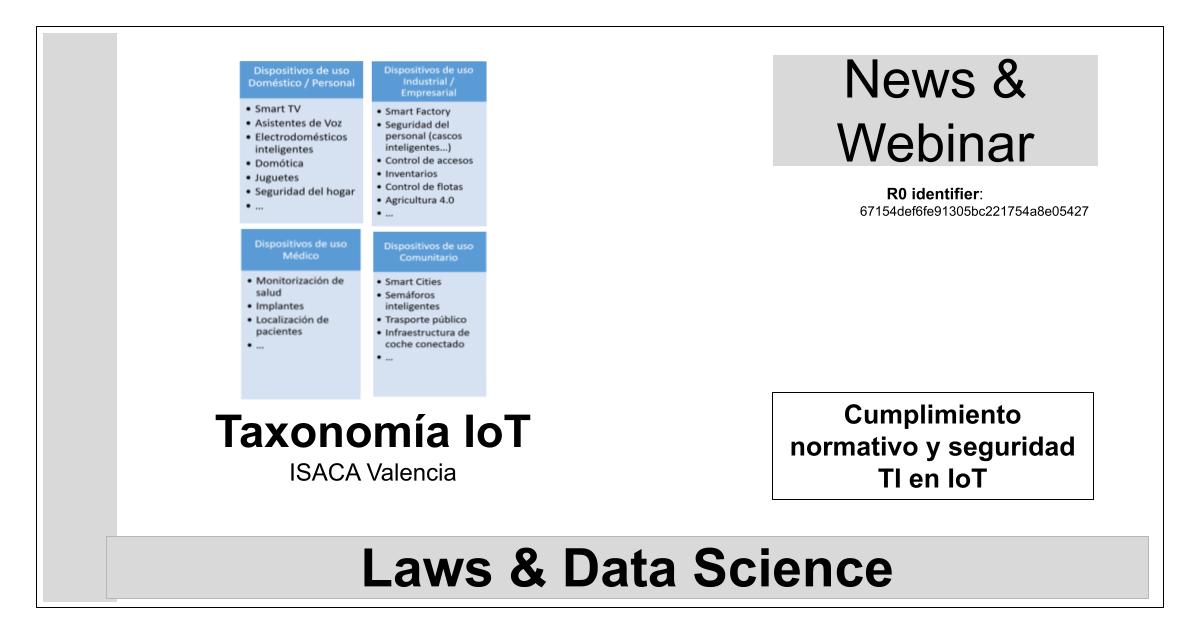SELECT PROFILE down
General Profile
CNN Explainer: Learning Convolutional Neural Networks with Interactive Visualization
CNN Explainer tightly integrates a model overview that summarizes a CNN’s structure, and on-demand, dynamic visual explanation views that help users understand the underlying components of CNNs. Through smooth transitions across levels of abstraction, our tool enables users to inspect the interplay between low-level mathematical operations and high-level model structures.
Between words and characters: A Brief History of Open-Vocabulary Modeling and Tokenization in NLP
In this survey, we connect several lines of work from the pre-neural and neural era, by showing how hybrid approaches of words and characters as well as subword-based approaches based on learned segmentation have been proposed and evaluated. We conclude that there is and likely will never be a silver bullet singular solution for all applications and that thinking seriously about tokenization remains important for many applications
Ethics-based auditing of automated decision-making systems: intervention points and policy implications
Organisations increasingly use automated decision-making systems (ADMS) to inform decisions that affect humans and their environment. While the use of ADMS can improve the accuracy and efficiency of decision-making processes, it is also coupled with ethical challenges. Unfortunately, the governance mechanisms currently used to oversee human decision-making often fail when applied to ADMS.
AI and the Future of Skills, Volume 1
The OECD launched the Artificial Intelligence and the Future of Skills project to develop a programme that could assess the capabilities of AI and robotics and their impact on education and work. This report represents the first step in developing the methodological approach of the project.
A Farewell to the Bias-Variance Tradeoff? An Overview of the Theory of Overparameterized Machine Learning
This paper provides a succinct overview of this emerging theory of overparameterized ML (henceforth abbreviated as TOPML) that explains these recent findings through a statistical signal processing perspective. We emphasize the unique aspects that define the TOPML research area as a subfield of modern ML theory and outline interesting open questions that remain.
How to avoid machine learning pitfalls: a guide for academic researchers
This document gives a concise outline of some of the common mistakes that occur when using machine learning techniques, and what can be done to avoid them. It is intended primarily as a guide for research students, and focuses on issues that are of particular concern within academic research, such as the need to do rigorous comparisons and reach valid conclusions. It covers five stages of the machine learning process: what to do before model building, how to reliably build models, how to robustly evaluate models, how to compare models fairly, and how to report results
Proposal for a Regulation on a European approach for Artificial Intelligence
The Commission is proposing the first ever legal framework on AI, which addresses the risks of AI and positions Europe to play a leading role globally.
Partial Differential Equations is All You Need for Generating Neural Architectures — A Theory for Physical Artificial Intelligence Systems
In this work, we generalize the reaction-diffusion equation in statistical physics, Schrödinger equation in quantum mechanics, Helmholtz equation in paraxial optics into the neural partial differential equations (NPDE), which can be considered as the fundamental equations in the field of artificial intelligence research
Probabilistic Machine Learning: An Introduction
“In this book, we will cover the most common types of ML, but from a probabilistic perspective. Roughly speaking, this means that we treat all unknown quantities (e.g., predictions about the future value of some quantity of interest, such as tomorrow’s temperature, or the parameters of some model) as random variables, that are endowed with probability distributions which describe a weighted set of possible values the variable may have.[…].”.
Addressing Ethical Dilemmas in AI: Listening to Engineers
Documentation is key – design decisions in AI development must be documented in detail, potentially taking inspiration from the field of risk management. There is a need to develop a framework for large-scale testing of AI effects, beginning with public tests of AI systems, and moving towards real-time validation and monitoring. Governance frameworks for decisions in AI development need to be clarified, including the questions of post-market surveillance of product or system performance. Certification of AI ethics expertise would be helpful to support professionalism in AI development teams. Distributed responsibility should be a goal, resulting in a clear definition of roles and responsibilities as well as clear incentive structures for taking in to account broader ethical concerns in the development of AI systems.
Yann LeCun’s Deep Learning Course at CDS
This course concerns the latest techniques in deep learning and representation learning, focusing on supervised and unsupervised deep learning, embedding methods, metric learning, convolutional and recurrent nets, with applications to computer vision, natural language understanding, and speech recognition. The prerequisites include: DS-GA 1001 Intro to Data Science or a graduate-level machine learning course.
Artificial Intelligence for Making Products and Solutions Smarter
Although the Artificial Intelligence is nothing new, currently it is experiencing an upsurge that can be attributed to advances in computing and the increasing availability of data.
Fourier Neural Operator for Parametric Partial Differential Equations
The classical development of neural networks has primarily focused on learning mappings between finite-dimensional Euclidean spaces. Recently, this has been generalized to neural operators that learn mappings between function spaces. For partial differential equations (PDEs), neural operators directly learn the mapping from any functional parametric dependence to the solution.
Evaluating and Characterizing Human Rationales
Two main approaches for evaluating the quality of machine-generated rationales are: 1) using human rationales as a gold standard; and 2) automated metrics based on how rationales affect model behavior.

The future of AI
If you wonder what is next in the evolution towards general AI then this session is for you. We have seen some painful failures of artificial intelligence pointing to a lack of ‘common sense’. Are neural networks really the solution we seek or is a new path needed? Find out what IBM Research is cooking in terms of hardware and software in the never ending quest towards General AI.


The Deep Learning Revolution and Its Implications for Computer Architecture and Chip Design
The past decade has seen a remarkable series of advances in machine learning, and in particular deep learning approaches based on artificial neural networks, to improve our abilities to build more accurate systems across a broad range of areas, including computer vision, speech recognition, language translation, and natural language understanding tasks.

TechDispatch #1/2020: Contact Tracing with Mobile Applications
In public health, contact tracing is the process to identify individuals who have been in contact with infected persons. Proximity tracing with smartphone applications and sensors could support contact tracing. It involves processing of sensitive personal data.

The growing mismatch between our social structures and our new technologies
Based on data starting about year 1200 till today I will give a historical perspective of the coevolution of our physical and social technologies and what it means for our development of wealth.

Cumplimiento normativo y seguridad TI en IoT
La conectividad y el tratamiento masivo de datos son dos pilares esenciales para el desarrollo de estos sistemas, los cuales, a su vez, introducen riesgos de seguridad y privacidad que deben ser tratados adecuadamente.

The European Data Protection Supervisor, 2019 Annual Report a year of transition
With new legislation on data protection in the EU now in place, our greatest challenge moving into 2020 is to ensure that this legislation produces the promised results. This includes ensuring that new rules on ePrivacy remain firmly on the EU agenda. Awareness of the issues surrounding data protection and privacy and the importance of rotecting these fundamental rights is at an all time high and we cannot allow this momentum to decline.

George Boole: the father of logic, bases digital electronics and the substrate of binary language and a research
Without he, neither electronics, computing or Artificial Intelligence would be what they are.

Working from home during the #COVID19 crisis
The EU Agency for #Cybersecurity (ENISA) shares its cybersecurity recommendations on working remotely during the COVID-19 crisis.

Defining Artificial Intelligence |🇪🇸 Definiendo Inteligencia Artificial
The starting point to develop the operational definition is the definition of AI adopted by the High Level Expert Group on artificial intelligence. To derive this operational definition we have followed a mixed methodology. On one hand, we apply natural language processing methods to a large set of AI literature. On the other hand, we carry out a qualitative analysis on 55 key documents including artificial intelligence definitions from three complementary perspectives: policy, research and industry.

Artificial Intelligence: Foundations of Computational Agents
It presents artificial intelligence as the study of the design of intelligent computational agents. The book is structured as a textbook, but it is accessible to a wide audience of professionals and researchers. In the last decades we have witnessed the emergence of artificial intelligence as a serious science and engineering discipline. This book provides an accessible synthesis of the field aimed at undergraduate and graduate students. It provides a coherent vision of the foundations of the field as it is today. It aims to provide that synthesis as an integrated science, in terms of a multi-dimensional design space that has been partially explored. As with any science worth its salt, artificial intelligence has a coherent, formal theory and a rambunctious experimental wing. The book balances theory and experiment, showing how to link them intimately together. It develops the science of AI together with its engineering applications.
Loading…
Something went wrong. Please refresh the page and/or try again.